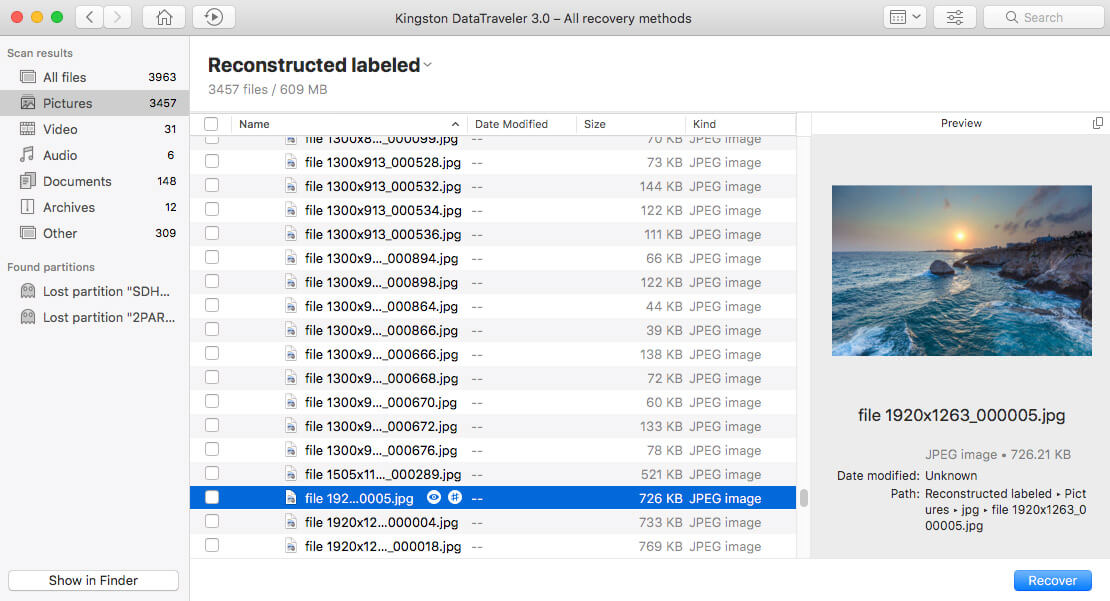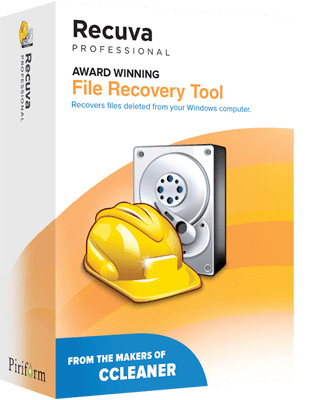
You can save them to your Mac's hard drive or another external storage device if necessary. Do not save recovered photos back to your original SD card but to another location to avoid data loss or overwriting.
Select wanted photos by ticking the checkboxes in front of them and click Recover to get them back. Now, select the photos that you want to restore, click Preview to preview them, and check if they are corrupted. After scanning your SD card, all found photos would be list out. Tools (October 2022) 8 Best Free Disk Space Analyzer Tools Recuva v1. For the best recovery result, wait patiently until the whole scan process is completed. VLC player portable (Windows download Mac Download) is a very popular software. This software will start to scan your SD card and try to find as many as lost photos for you. It is an easy-to-use effective file recovery software program. It can restore deleted files from the recycle bin even emptied the recycle bin folder. I did recover it, except that it is corrupted. In the main interface of iBoysoft Data Recovery for Mac, find and select the SD card where you accidentally deleted photos, then click Search for Lost Data. Piriform Recuva is one of the most popular free file recovery software that can recover deleted pictures, music, documents, videos, emails from PC/Mac, external hard drives, USB drive, CD, and more. I used Recuva to get back a delete bookmarks file. Properly connect the SD card that you want to recover deleted photos from to your Mac, using a card adapter or card reader if necessary. Free download iBoysoft Data Recovery for Mac, and follow the on-screen instruction to finish the installation, then launch it on your Mac computer. If you have a second Apple device, and you can take out the HDD, that may be easier. If anything, DON'T BOOT THE OS AND DRIVE WITH THE FORMATTED FILES!īecause you have an APFS drive, you may need to find ways to access the APFS format on Linux via APFS-Fuse program. 
If you don't have another device or drive available, or your laptop cannot remove a SSD/HDD, then boot Linux from a USB flash drive. You're more likely to lose data if you're booting from the drive with lost files, so be sure to boot from another drive another computer or HDD/SSD with an OS!

This will prevent some "overwriting." When you format a drive, data gets overwritten (not erased. I've recovered GBs of data for other people that way.ĭo understand that when you recover files, everything becomes renamed because metadata is probably thrown out, but the files still exist.īest practice is to take out the drive, put it into an external enclosure, and boot on another device with the enclosure plugged in. These days, I use Linux, and therefore, if you're looking for free software, I use QPhotoRec (Test Disk with a GUI). I've used Recuva, and it works pretty well for Windows.






 0 kommentar(er)
0 kommentar(er)
